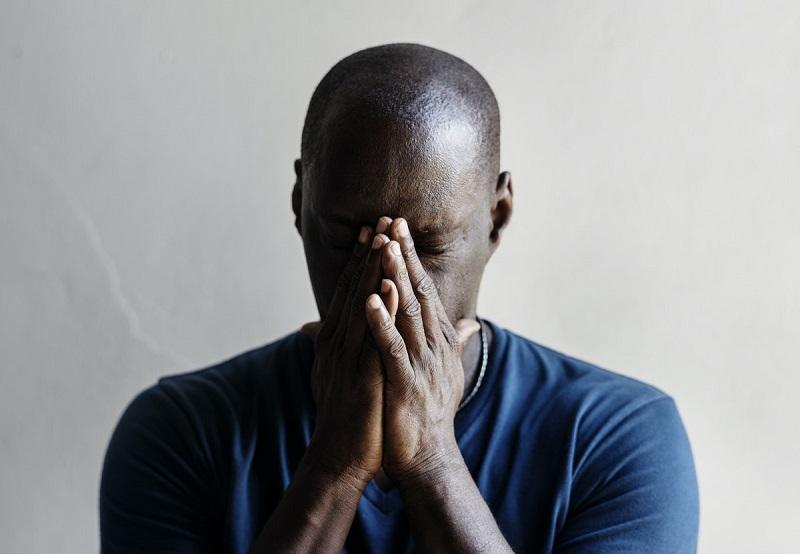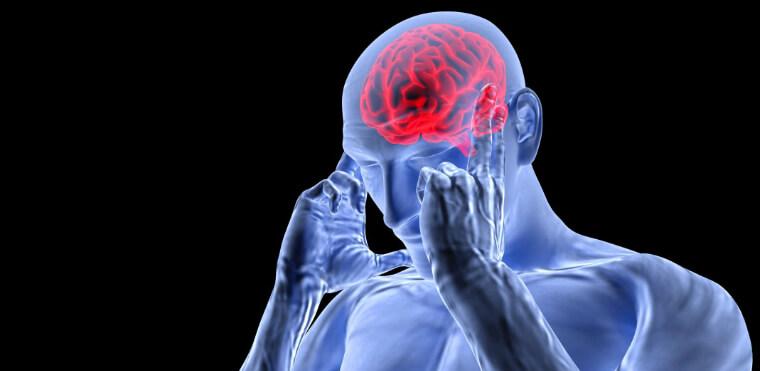People with panic disorder have frequent and unexpected panic attacks. These attacks are characterized by a sudden wave of fear or discomfort or a sense of losing control even when there is no clear danger or trigger. Not everyone who experiences a panic attack will develop panic disorder.
Panic attacks often include physical symptoms that might feel like a heart attack, such as trembling, tingling, or rapid heart rate. Panic attacks can occur at any time. Many people with panic disorder worry about the possibility of having another attack and may significantly change their life to avoid having another attack. Panic attacks can occur as frequently as several times a day or as rarely as a few times a year.
Panic disorder often begins in the late teens or early adulthood. Women are more likely than men to develop panic disorder.
What are the signs and symptoms of panic disorder?
People with panic disorder may have:
- Sudden and repeated panic attacks of overwhelming anxiety and fear
- A feeling of being out of control, or a fear of death or impending doom during a panic attack
- An intense worry about when the next panic attack will happen
- A fear or avoidance of places where panic attacks have occurred in the past
- Physical symptoms during a panic attack, such as:
- Pounding or racing heart
- Sweating
- Chills
- Trembling
- Difficulty breathing
- Weakness or dizziness
- Tingly or numb hands
- Chest pain
- Stomach pain or nausea


What causes panic disorder?
Panic disorder sometimes runs in families, but no one knows for sure why some family members have it while others don’t. Researchers have found that several parts of the brain and certain biological processes may play a crucial role in fear and anxiety. Some researchers think panic attacks are like “false alarms” where our body’s typical survival instincts are active either too often, too strongly, or some combination of the two. For example, someone with panic disorder might feel their heart pounding and assume they’re having a heart attack. This may lead to a vicious cycle, causing a person to experience panic attacks seemingly out of the blue, the central feature of panic disorder. Researchers are studying how the brain and body interact in people with panic disorder to create more specialized treatments. In addition, researchers are looking at the ways stress and environmental factors play a role in the disorder.
How is panic disorder treated?
If you’re experiencing symptoms of panic disorder, talk to a health care provider. After discussing your history, a health care provider may conduct a physical exam to ensure that an unrelated physical problem is not causing your symptoms. A health care provider may refer you to a mental health professional, such as a psychiatrist, psychologist, or clinical social worker. The first step to effective treatment is to get a diagnosis, usually from a mental health professional.
Panic disorder is generally treated with psychotherapy (sometimes called “talk therapy”), medication, or both. Speak with a health care provider about the best treatment for you.



